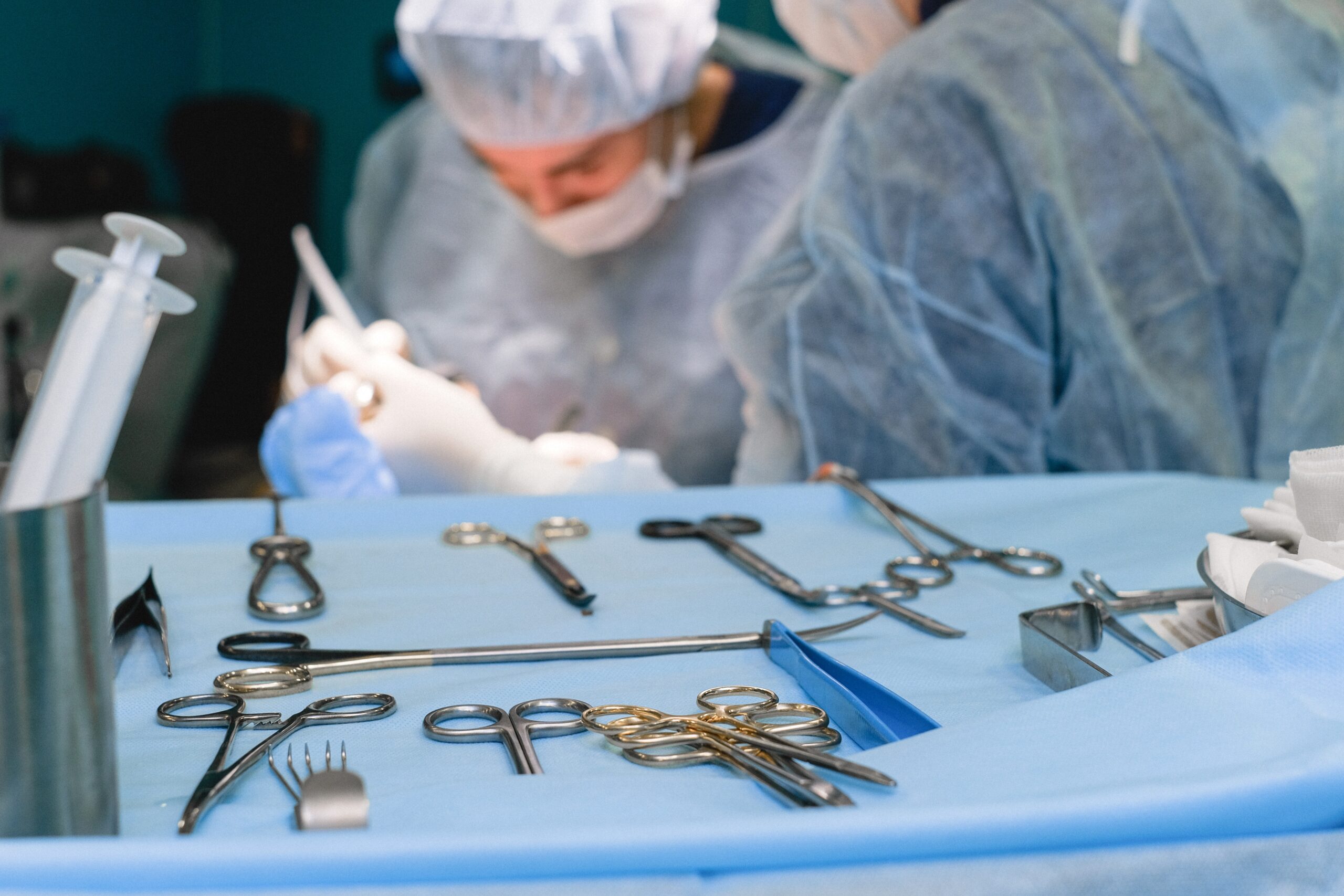
Free Consultation(203) 447-0000

Free Consultation(203) 447-0000

Robotic-assisted surgeries have grown increasingly popular as an alternative operative approach to traditional open surgeries because they are less invasive, result in less scarring, and involve less recovery time. In 2000, the FDA authorized the approval of the da Vinci Surgery System for general laparoscopic surgery. Since then, robotic-assisted surgery has become more widely used in the United States, with nearly 3,000 da Vinci systems in use as of 2018. The device is piloted by a surgeon who operates the machine while seated at a console. The average cost of this device is $1.4 million. Although people sometimes assume robotic-assisted surgeries are safer and/or more effective than traditional surgery, studies have revealed that in numerous instances, robotic-assisted surgical approaches have, at most, some modest advantages over traditional surgeries, and in other instances, such as the performance of cervical cancer-related surgeries, the use of robotic-assisted surgical approaches may have less advantageous outcomes for patients than traditional surgical approaches.
A 2018 study comparing minimally invasive robotic-assisted radical hysterectomies and open abdominal radical hysterectomies among women with early-stage cervical cancer revealed that the open surgery was associated with higher rates of disease-free survival as compared to the minimally invasive robotic-assisted surgery. In 2022, the Journal of the Society of Laparoscopic & Robotic Surgeons published an article that concluded:
While the reported oncologic efficacy and safety evidence associated with robotic surgery remain scant, we may ultimately ascertain that robotic surgery is neither safer nor more efficacious than traditional laparoscopy surgery and open surgery. Consequently, the FDA and the Centers for Medicare & Medicaid Services should remain vigilant regarding the ongoing presence of robotic surgery and ensure that until the clinical results are borne out (i.e., there is a distinct, incontrovertible clinical benefit derived from robotic surgery), this approach should not be readily integrated into the various surgical disciplines and needlessly considered standard of care practice.
Notably, most of the benefits of robotic-assisted surgery are short term and limited to the acute perioperative period, and there is little evidence to demonstrate there are any long-term benefits to robotic-assisted surgery as compared to open techniques.
According to the Cleveland Clinic, robotic-assisted surgeries offer the following advantages:
The Cleveland Clinic further explains that benefits of robotic surgery may include less pain during recovery, lower risk of infection, reduced blood loss, shorter hospital stays, and smaller scars.
The Cleveland Clinic also warns of the disadvantages of robotic-assisted surgery, which include:
The Joint Commission reports that robotic-assisted surgery poses unique risks. Said risks include that precise control of the robot depends on the quality of the data connection between the surgeon’s console and the operating room robot, and surgical robots are subject to failure in the same way as all mechanical and electronic devices.
Additional risks include patients being burned or otherwise injured during robotic-assisted surgery. From 2008 to 2018, more than 20,000 adverse events related to the da Vinci system were filed with the FDA. Almost 17,000 of the events were classified as device malfunctions and ranged from minor to serious. The malfunctions included robotic arms uncontrollably going in the wrong direction and insulation cracking off and dropping inside the patients’ bodies.
As the Mayo Clinic explains, robotic surgery is not an option for all patients. Patients should speak with their doctor about the benefits and risks of robotic surgery and how it compares with other techniques, including other types of minimally invasive surgery as well as traditional open surgery.
If you or a loved one experience a medical malpractice injury during a robotic-assisted surgery, you should reach out to an attorney right away. Contact the experienced attorneys at Berkowitz and Hanna, LLC if you have any questions about your legal rights regarding this concern. To schedule a free, no-obligation consultation, call or contact us online today.
Berkowitz Hanna
